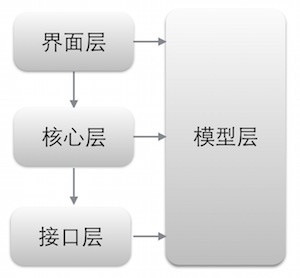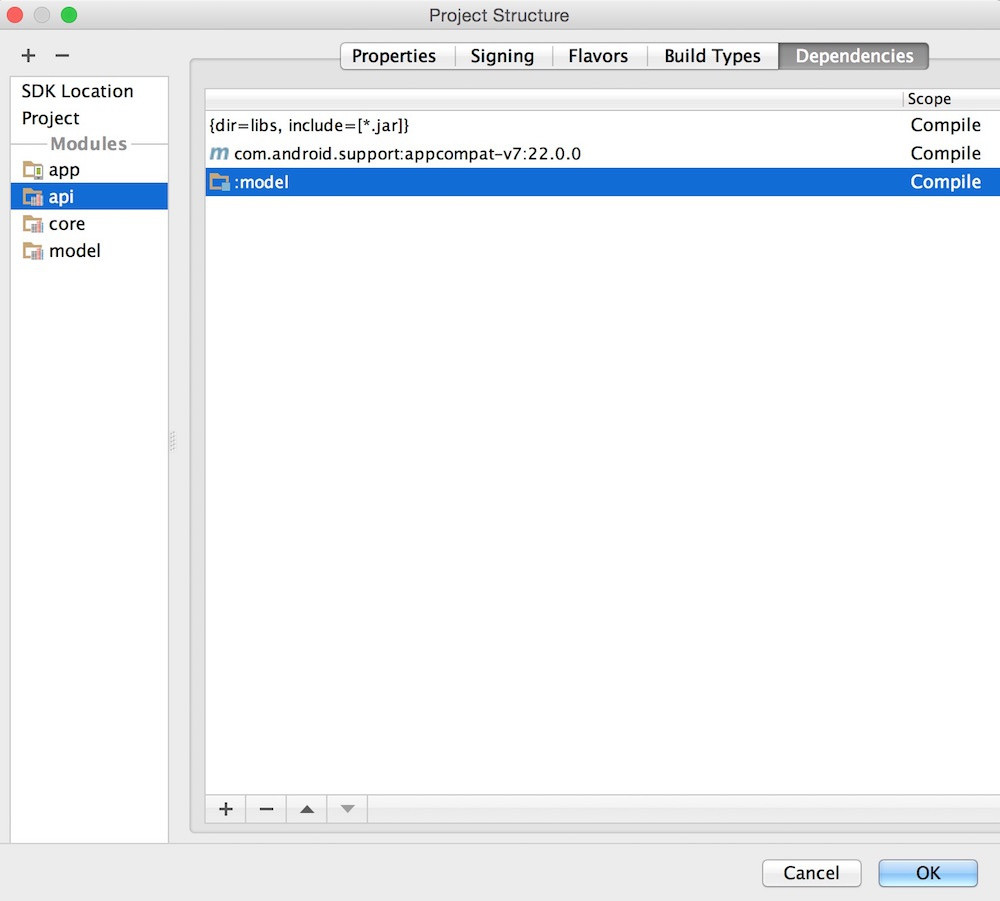public class HttpEngine {
private final static String SERVER_URL = "http://uat.b.quancome.com/platform/api";
private final static String REQUEST_MOTHOD = "POST";
private final static String ENCODE_TYPE = "UTF-8";
private final static int TIME_OUT = 15000;
private static HttpEngine instance = null;
private HttpEngine() {
}
public static HttpEngine getInstance() {
if (instance == null) {
instance = new HttpEngine();
}
return instance;
}
public <T> T postHandle(Map<String, String> paramsMap, Type typeOfT) throws IOException {
String data = joinParams(paramsMap);
HttpUrlConnection connection = getConnection();
connection.setRequestProperty("Content-Length", String.valueOf(data.getBytes().length));
connection.connect();
OutputStream os = connection.getOutputStream();
os.write(data.getBytes());
os.flush();
if (connection.getResponseCode() == 200) {
InputStream is = connection.getInputStream();
ByteArrayOutputStream baos = new ByteArrayOutputStream();
int len = 0;
byte buffer[] = new byte[1024];
while ((len = is.read(buffer)) != -1) {
baos.write(buffer, 0, len);
}
is.close();
baos.close();
connection.disconnect();
final String result = new String(baos.toByteArray());
Gson gson = new Gson();
return gson.fromJson(result, typeOfT);
} else {
connection.disconnect();
return null;
}
}
private HttpURLConnection getConnection() {
HttpURLConnection connection = null;
try {
URL url = new URL(SERVER_URL);
connection = (HttpURLConnection) url.openConnection();
connection.setRequestMethod(REQUEST_MOTHOD);
connection.setDoInput(true);
connection.setDoOutput(true);
connection.setUseCaches(false);
connection.setReadTimeout(TIME_OUT);
connection.setConnectTimeout(TIME_OUT);
connection.setRequestProperty("Content-Type", "application/x-www-form-urlencoded");
connection.setRequestProperty("Connection", "keep-alive");
connection.setRequestProperty("Response-Type", "json");
connection.setChunkedStreamingMode(0);
} catch (IOException e) {
e.printStackTrace();
}
return connection;
}
private String joinParams(Map<String, String> paramsMap) {
StringBuilder stringBuilder = new StringBuilder();
for (String key : paramsMap.keySet()) {
stringBuilder.append(key);
stringBuilder.append("=");
try { stringBuilder.append(URLEncoder.encode(paramsMap.get(key), ENCODE_TYPE));
} catch (UnsupportedEncodingException e) {
e.printStackTrace();
}
stringBuilder.append("&");
}
return stringBuilder.substring(0, stringBuilder.length() - 1);
}
}

